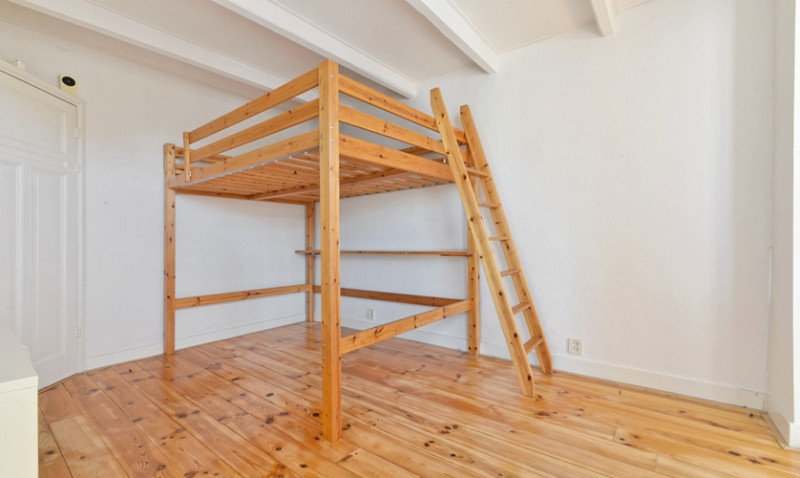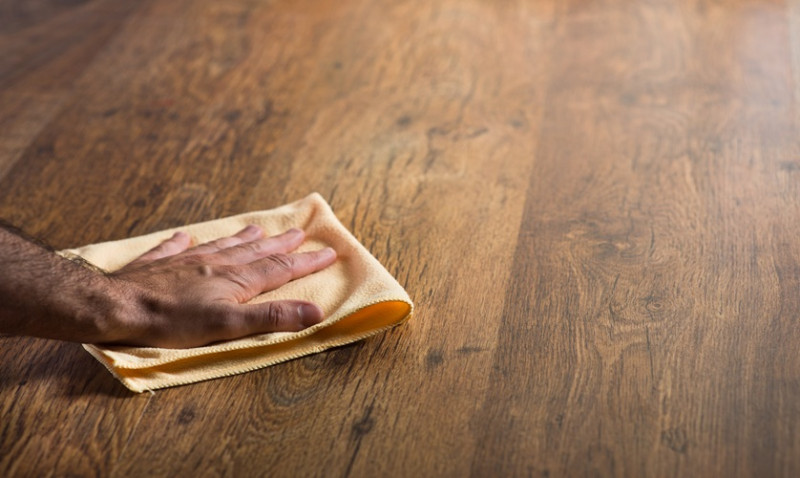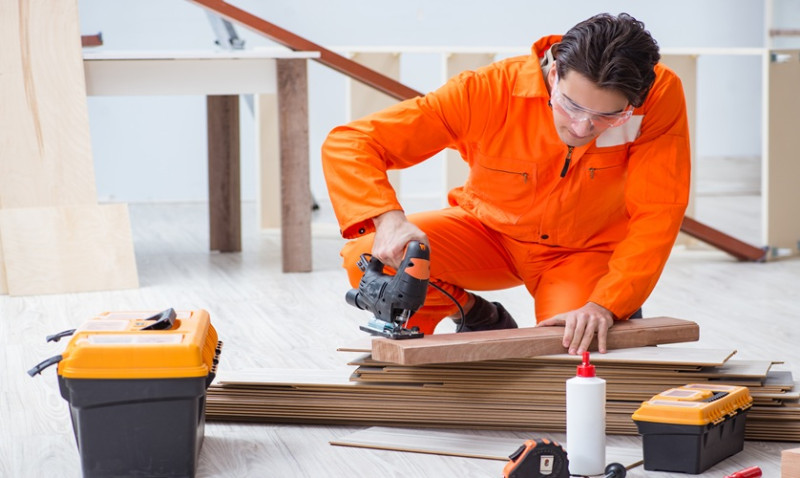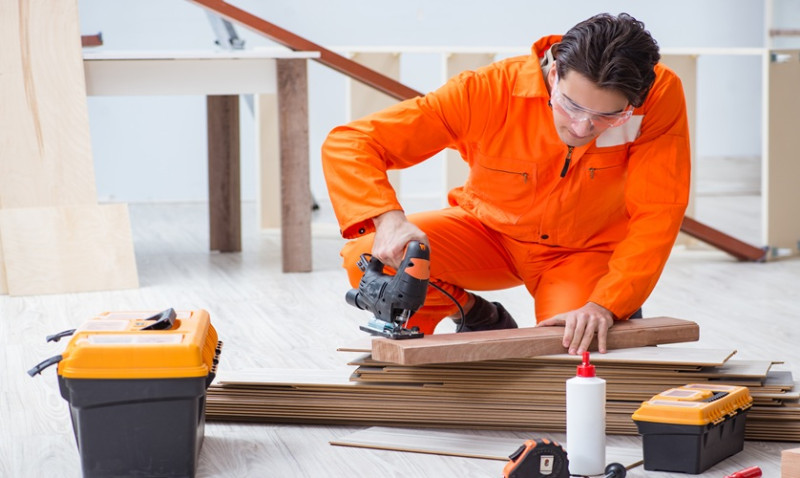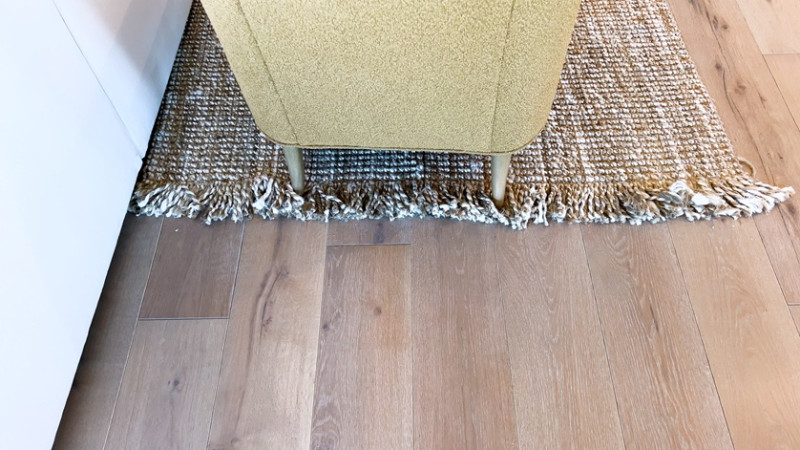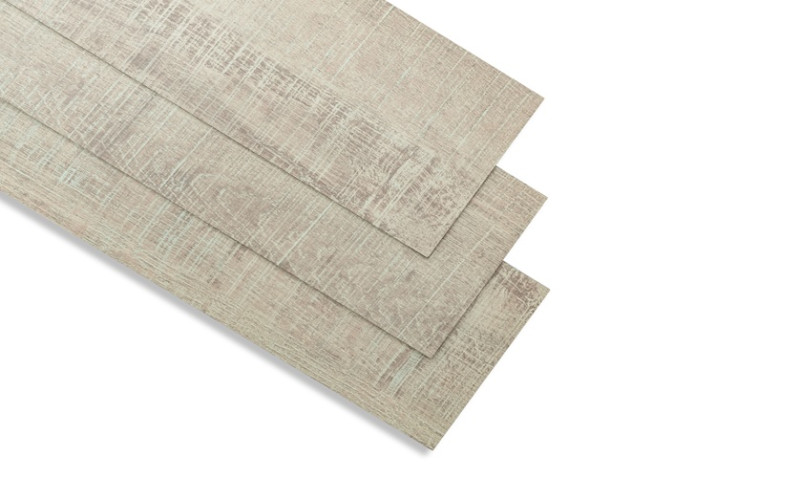
When it comes to choosing the perfect flooring for your home or renovation project, the decision often narrows down to aesthetics, durability, cost, and ease of installation. Two of the most popular contenders in the UK flooring market right now are Luxury Vinyl Tile (LVT) and engineered hardwood. Both offer stunning visuals and practical benefits, but they’re not created equal. Whether you're a DIY enthusiast, a young professional gearing up to redecorate your first home, or a tradesperson advising a client, this guide will walk you through the key differences, benefits, and drawbacks of LVT and engineered hardwood flooring.
What Is Luxury Vinyl Tile (LVT)?
Luxury Vinyl Tile, or LVT, is a type of resilient flooring made from multiple layers of PVC vinyl. These tiles are designed to mimic the look of natural materials like wood or stone with uncanny accuracy, thanks to advanced photographic imaging and 3D texturing.
LVT comes in various styles, including planks (commonly known as LVP – Luxury Vinyl Plank) and square tiles. It’s made with several layers, including a wear layer that offers durability, a design layer that gives it its realistic appearance, and a backing layer that adds comfort and strength.
One of LVT’s biggest draws is its waterproof nature, making it an ideal solution for kitchens, bathrooms, and even basements. It’s also scratch-resistant and easy to maintain, which appeals to busy households and professionals alike.
Installation is relatively straightforward, especially with click-lock systems that don’t require adhesive. This makes LVT a favourite among DIYers who want a professional finish without the added cost of labour.
What Is Engineered Hardwood?
Engineered hardwood is a real wood flooring solution designed to be more stable and versatile than traditional solid hardwood. It consists of a top layer of genuine hardwood veneer and multiple layers of plywood or high-density fibreboard underneath, laid in a cross-grain construction for stability.
Because it’s made of real wood, engineered hardwood carries the authentic beauty, texture, and value of a natural timber floor. It also offers an eco-friendlier alternative to solid wood, using less of the tree to produce each board.
Unlike solid wood, engineered hardwood resists warping and swelling caused by temperature and humidity changes, making it suitable for underfloor heating systems – a major plus in modern UK homes.
However, installation can be more challenging for the DIY crowd, especially with tongue-and-groove boards that may require adhesive or professional fitting for a flawless finish.
Durability & Maintenance
When it comes to day-to-day wear, both LVT and engineered hardwood are up to the task – but in different ways.
LVT is particularly hard-wearing. It’s resistant to scratches, dents, and water damage. This makes it ideal for households with pets, children, or in high-traffic areas. Maintenance is a breeze – a simple mop or vacuum usually does the trick.
Engineered hardwood, while more resistant to humidity and temperature changes than solid wood, is still susceptible to dents and scratches. However, because it’s real wood, it can potentially be sanded and refinished, depending on the thickness of the wear layer. This gives it a longer lifespan if cared for properly.
In terms of moisture, LVT clearly has the upper hand. It can handle spills and puddles without worry – perfect for kitchens, bathrooms, or rental properties. Engineered hardwood requires more caution around moisture and should be wiped immediately to prevent warping or staining.
Aesthetic Appeal
There’s no denying the timeless beauty of real wood. Engineered hardwood offers a luxurious, organic appearance that’s hard to replicate. It develops character over time, making each plank more unique as it ages.
That said, modern LVT is catching up rapidly in the looks department. High-end LVTs now feature embossed textures, bevelled edges, and high-definition imaging that remarkably mimic wood grain, knots, and texture. Unless closely inspected, quality LVTs can easily pass for the real thing.
Your choice may ultimately come down to personal style, the ambience you want to create, and how closely you value authenticity versus convenience.
Cost Comparison
Budget is a major factor for many UK homeowners and contractors. Let’s compare costs to help guide your decision:
| Flooring Type | Price per m² (approx.) | Installation Cost (if professional) |
|---|---|---|
| Luxury Vinyl Tile (LVT) | £20–£40 | £10–£20 per m² |
| Engineered Hardwood | £40–£100+ | £20–£40 per m² |
LVT is clearly more affordable upfront and also involves lower installation and maintenance costs. For those working within a tighter budget, LVT is an excellent way to achieve a high-end look without the hefty price tag.
However, engineered hardwood may add more value to a home in the long run and appeals to homeowners looking for premium materials. If you see your home as a long-term investment, the higher price may be justified.
Installation Ease
For DIYers and tradespeople, installation matters. LVT often uses "click" systems that allow planks to be installed directly over existing subfloors or hard surfaces. This enables fast, clean installation without the mess of glue or nails.
Most LVT can be installed as a floating floor, which means less preparation and minimal tools required. Many brands also offer peel-and-stick or glue-down options for more secure installations in high-traffic areas.
In contrast, engineered hardwood usually requires more skilled installation. Glue-down or secret-nail installs may be necessary depending on the subfloor. That said, some engineered hardwood products now offer click-lock systems, bridging the gap for confident DIYers.
An experienced tradesman will make light work of engineered wood, but if you’re considering a weekend project, LVT is more forgiving and quicker to install.
Sustainability & Environmental Impact
As sustainability becomes more important to UK homeowners, flooring choices are going greener. Engineered hardwood is viewed as more sustainable than solid hardwood, largely because it uses less slow-growing natural wood. Many suppliers now offer FSC-certified options, ensuring environmentally responsible forestry practices.
On the other hand, LVT is a plastic-based product, which raises questions about its environmental footprint. While many manufacturers are improving their practices — including offering recyclable products and reducing emissions — it’s still generally less eco-friendly than engineered wood.
If sustainability is a top concern for you or your clients, engineered hardwood may be the better choice, especially from certified sources.
Final Verdict: Which One Is Right for You?
So, LVT vs. engineered hardwood — who wins? Ultimately, it depends on your specific needs, priorities, and style.
- Choose LVT if you: want a water-resistant, low-maintenance flooring solution with quick installation, all at a more affordable price.
- Choose Engineered Hardwood if you: value authenticity, long-term home value, and sustainable materials – and are willing to invest a bit more time and budget upfront.
Whether you’re an architect designing a modern flat, a tradesman in search of a reliable product, or a DIY homeowner with a vision, both LVT and engineered hardwood offer compelling features. Consider your lifestyle, the room’s function, and your long-term goals before making your choice.
Need Help Deciding?
Our team of flooring specialists are here to help you find the ideal solution for your next project. Contact us today for expert advice, sample requests, or a free quotation tailored to your space. Let’s bring your vision to life — one step at a time.
